This post may contain affiliate links. Please read our full Disclosure Policy.
The lilac bush is beloved for its beautiful blooms and sweet fragrance, making them a popular addition to gardens and landscapes. However, like all plants, lilacs require proper care to thrive and stay healthy.
Whether you’re a seasoned gardener or a beginner, understanding the basics of lilac care is essential to ensure your plants stay vibrant and beautiful. In this guide, we’ll answer some frequently asked questions about caring for lilacs and provide some tips to help you keep your plants healthy and blooming.
If your wanting to cut your lilacs to bring them indoors, follow my guide to arranging a lilac bouquet.
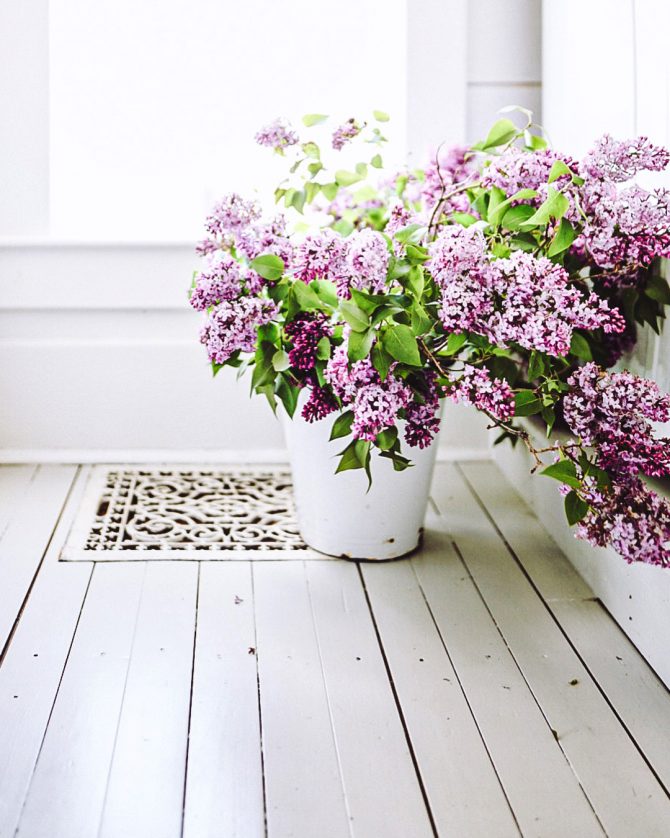
Care Guide For The Lilac Bush
Lilacs are beautiful and fragrant flowering shrubs that are popular in gardens and landscapes. Proper care is essential to keep your lilacs healthy and blooming year after year.
I have so many different varieties in my yard and gardens so I have learned a thing or two over the years. Here are some tips for caring for your lilacs:
Planting Lilac Bushes
Lilacs prefer well-drained soil and full sun exposure. Dig a hole twice as wide as the root ball and add compost or other organic matter to the soil. Plant them in the fall or early spring, and give them plenty of space to grow.
Watering and Hydration Tips
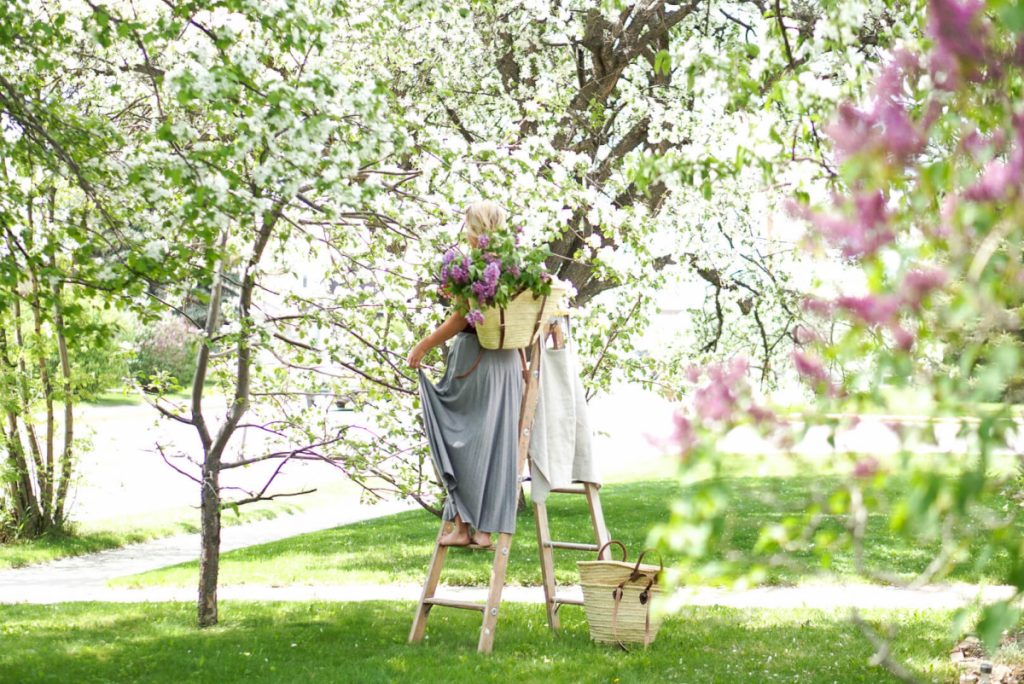
Lilacs need regular watering, especially during the first few years after planting. Water them deeply once a week during dry spells. Avoid overwatering, as this can lead to root rot.
Best Fertilizer For Lilac Bushes
Lilacs benefit from regular fertilization, especially in the spring when they are actively growing. Use a 10-10-10 mixture of slow-release fertilizer applied annually in early spring. You can also use organic fertilizers such as Epsom salts, coffee grounds and bananas as natural alternatives.
Avoid fertilizing in the fall, as this can stimulate new growth that may not survive the winter.
Tips For Pruning Lilacs
Lilacs should be pruned immediately after flowering to encourage new growth and maintain their shape. Remove any dead or diseased branches, and cut back the remaining branches by about one-third.
Mulching Lilacs
Mulch around the base of your lilacs with a layer of organic material such as compost or shredded leaves. This will help retain moisture, suppress weeds, and regulate soil temperature. I love to top up the mulch around my lilacs in the fall, right before winter sets in, just to give them an extra blanket of warmth in the coler months.
In colder climates, protect lilacs from winter damage by covering them with burlap or other protective material.
Pests and Diseases
Lilacs are generally resistant to pests and diseases, but they can be susceptible to powdery mildew and borers. Keep an eye out for any signs of infestation, and treat them promptly with an appropriate insecticide or fungicide.

Deadheading
Remove spent blooms to encourage more blooms and prevent the plant from putting energy into producing seeds.
Helping Lilacs Bloom
It is important to know that pruning or cutting back lilacs will prevent those branches from blooming the following year. If you are wanting your lilacs to bloom, let them grow and try not to cut them at all.
If your lilacs are just not blooming, it may be due to a lack of sunlight, improper pruning, or poor soil conditions. Check that your plants are getting enough sun, prune them properly, and amend the soil with compost or other organic materials.
Typically a lilac bush will bloom for around two weeks. The timing of the blooms are dependent on the variation of the lilac. Once a lilac stem is cut, it will last approximately 2 days to a week. Follow these tips to prevent your lilacs from wilting once they are cut!
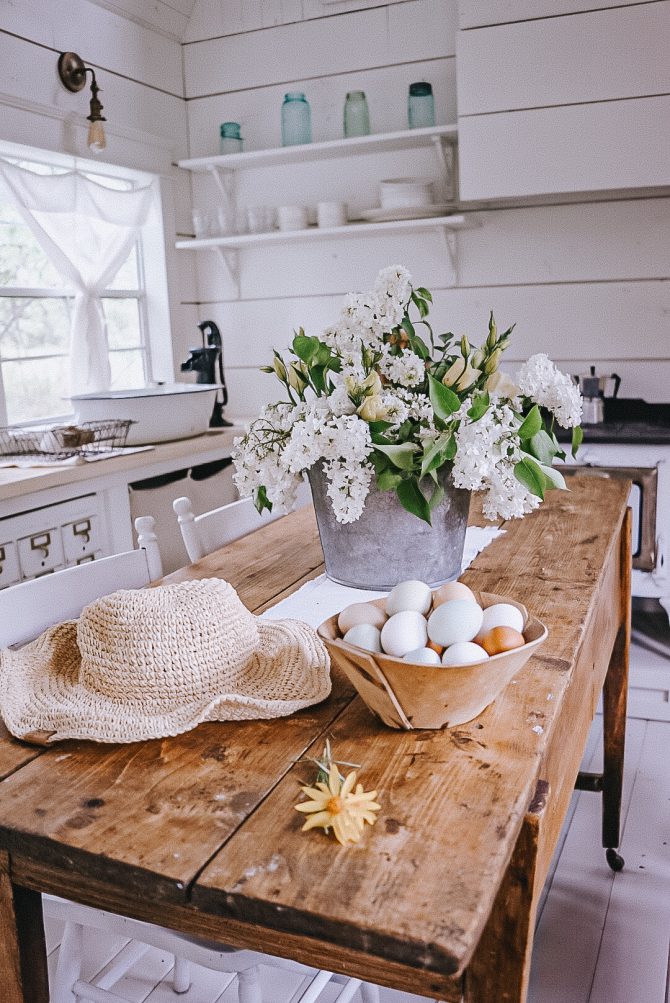
Propagating A Lilac Bush
Lilacs can be propagated by taking softwood cuttings in the summer or hardwood cuttings in the fall. Root the cuttings in a well-draining soil mix and keep them moist until they establish roots.
Did you know that 2022 is actually the Year of the Lilac according to the National Gardening Bureau.
Shop Gardening Tools
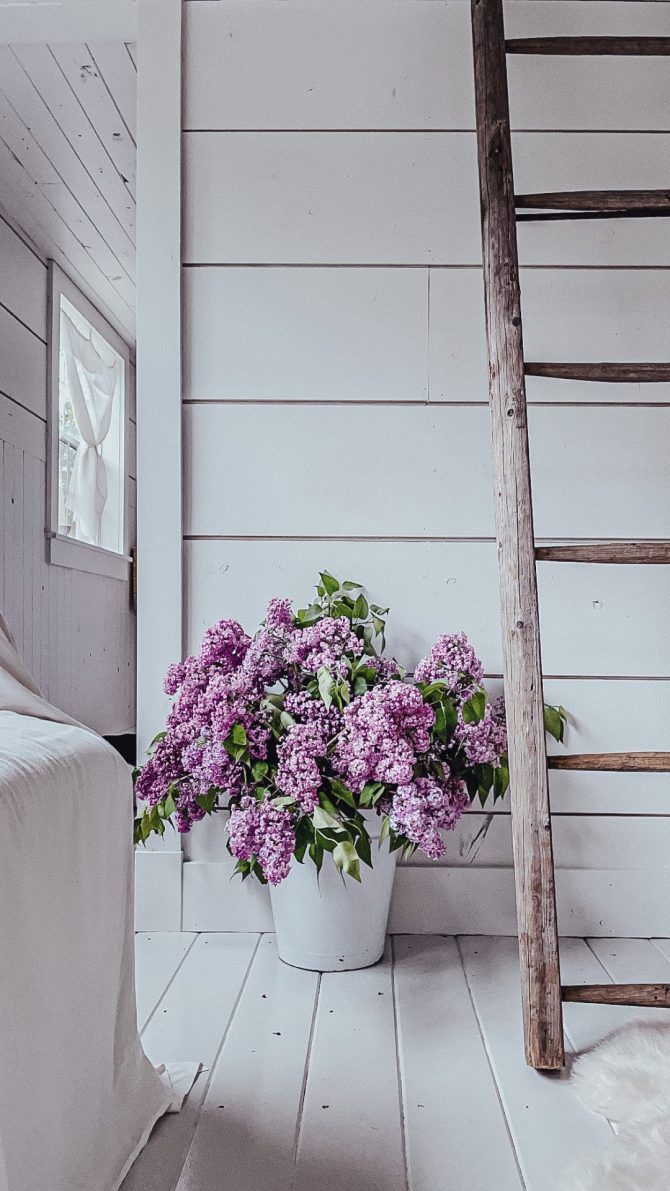
Frequently Asked
Lilac bushes can grow anywhere from 5 to 15 feet tall, depending on the variety and growing conditions.
Prune lilacs immediately after flowering to encourage new growth and maintain their shape. Remove any dead or diseased branches, and cut back the remaining branches by about one-third.
Lilacs prefer full sun exposure, but they can tolerate some shade. They need at least 6 hours of sunlight per day to bloom properly.
Let me know what you think of this guide on how to care for lilacs by leaving a comment down below. Don’t forget to add this one to Pinterest too. Happy trimming!

Pin for Later


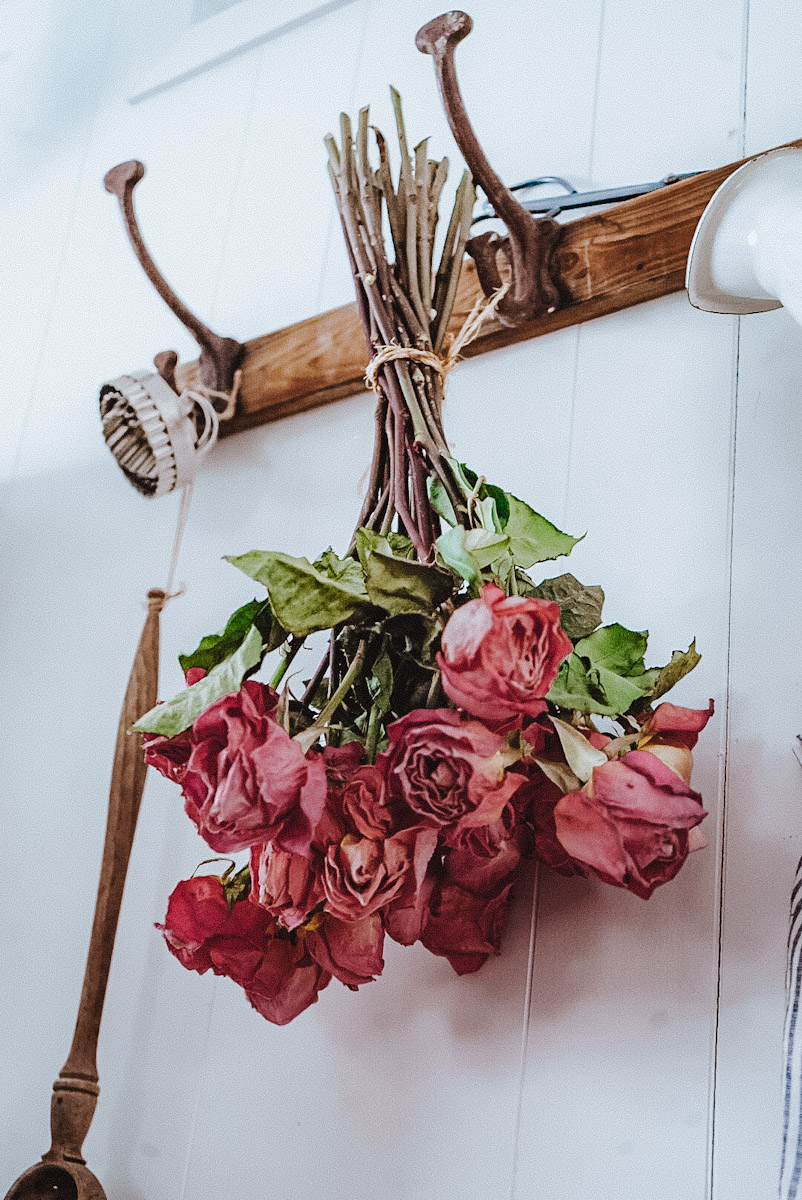
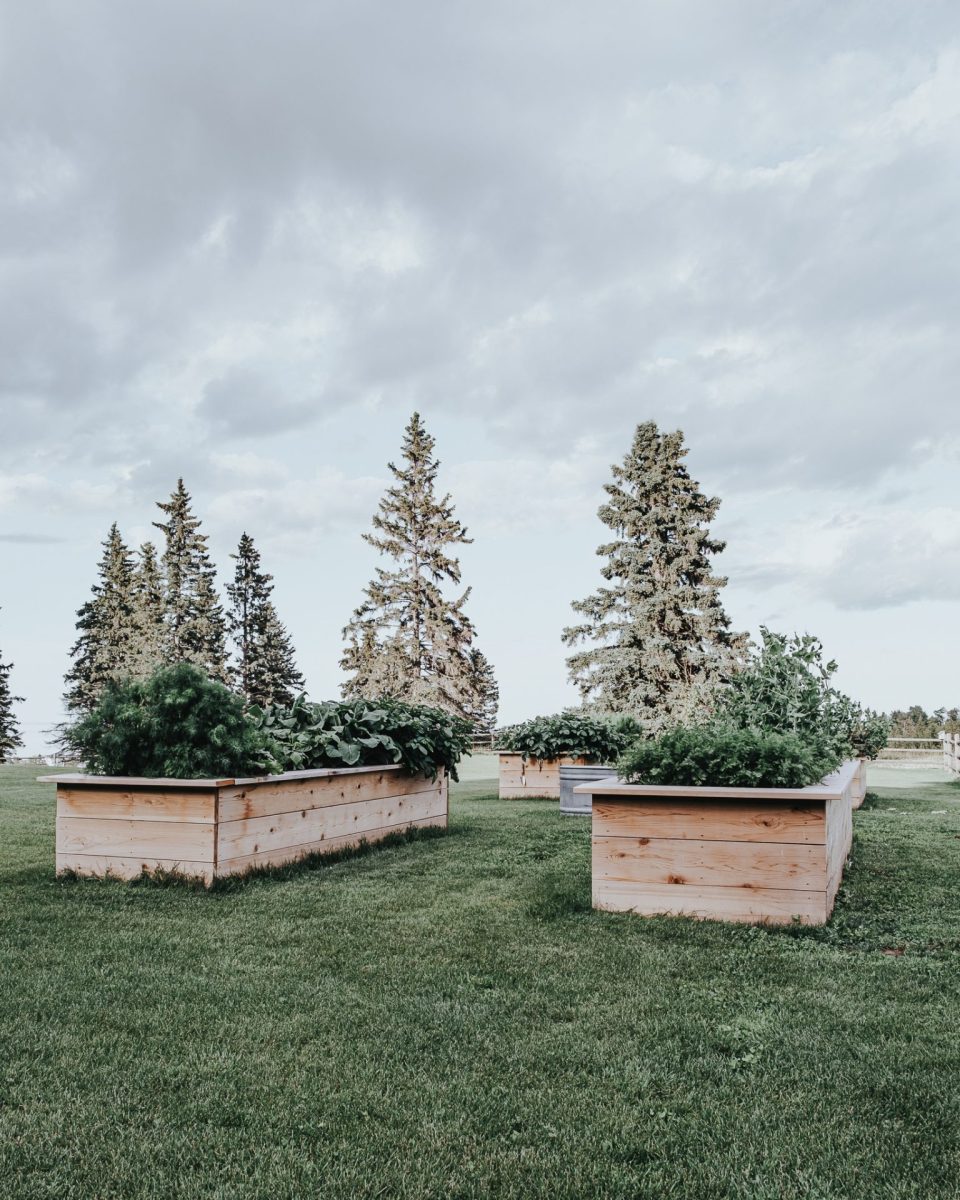
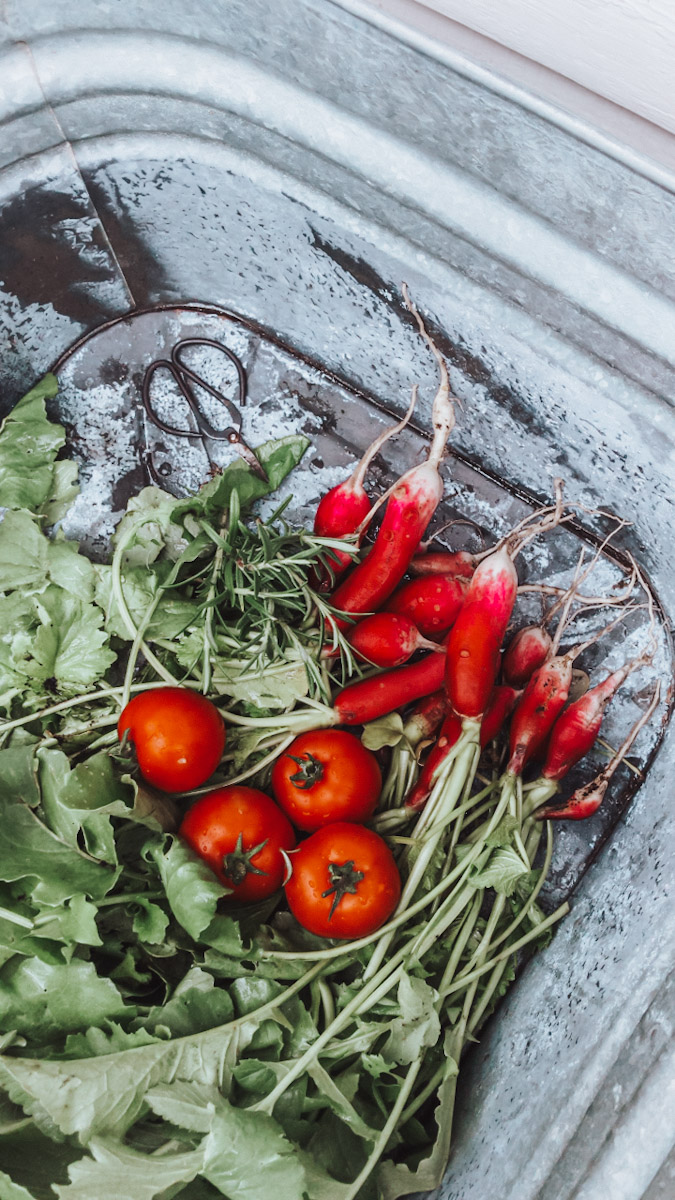

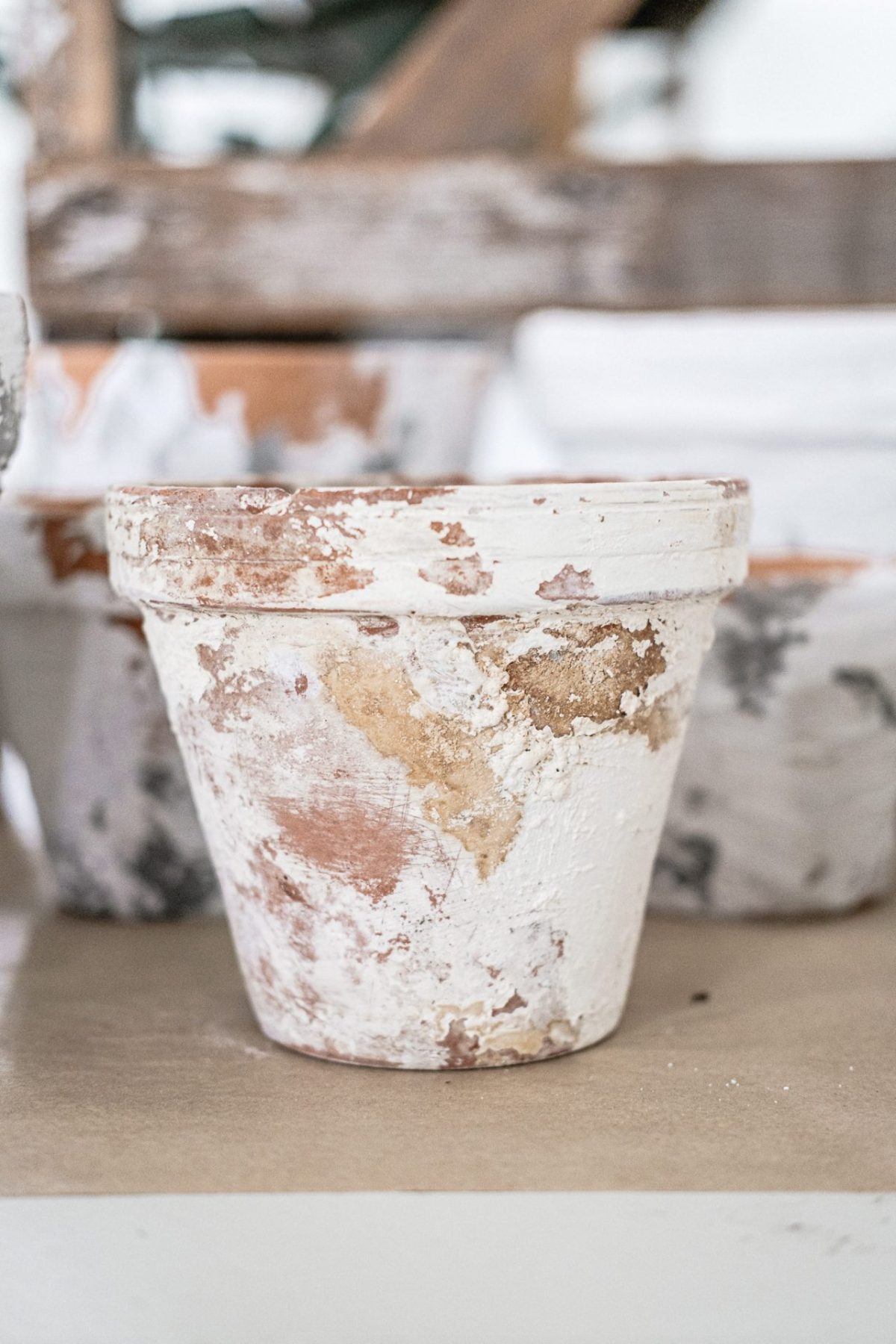
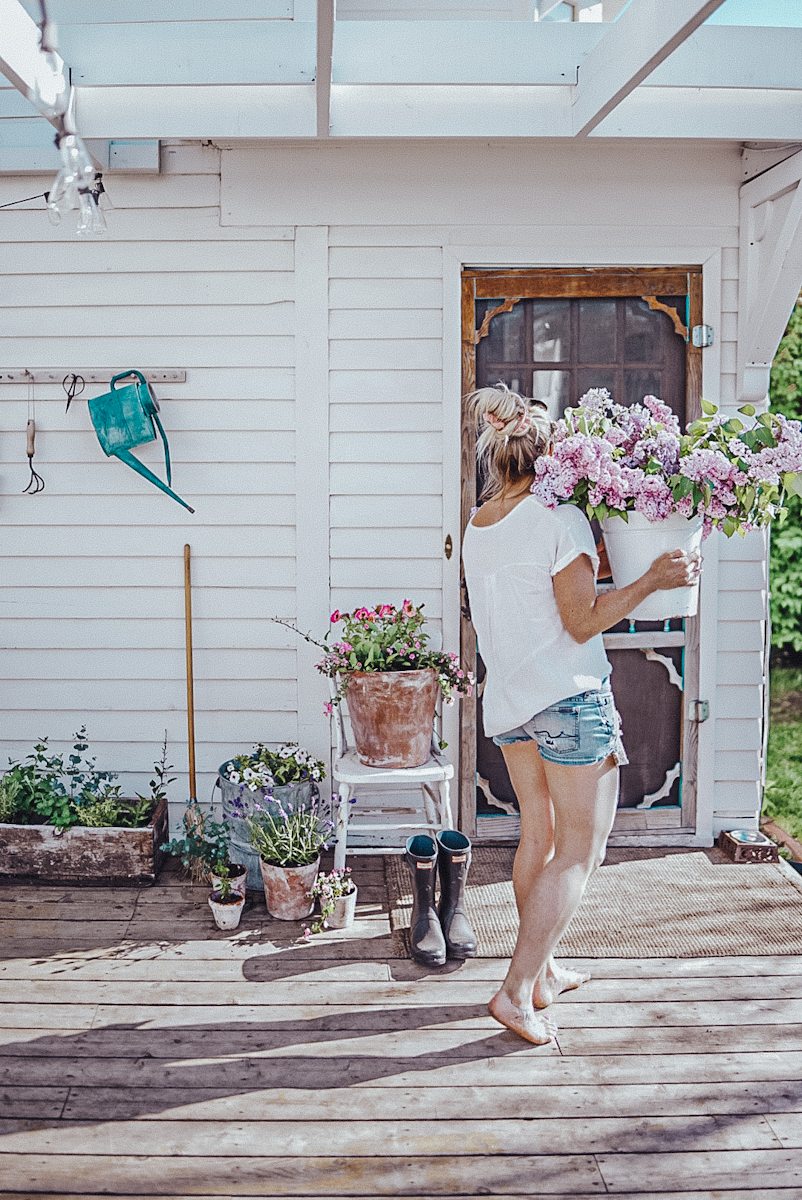
Definitely my favorite flower ? going to try these tips tomorrow morning! I usually just leave them outside but would love to bring some inside.
We are so glad! Enjoy your lilacs 🙂
GREAT TIPS you gals have given us on keeping purple lilacs for a week…..I add 3 pennies to my container it works for cut tulips as well.
Yes pennies for tulips work great! Thanks so much for the message. Enjoy your lilacs!